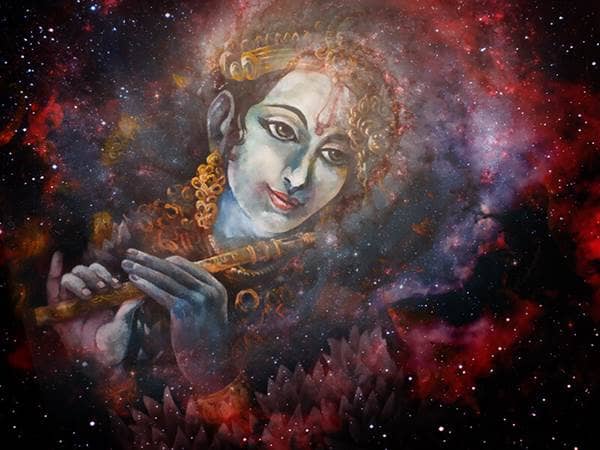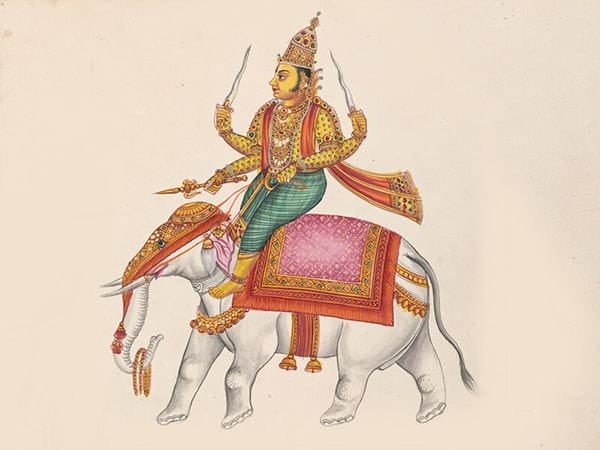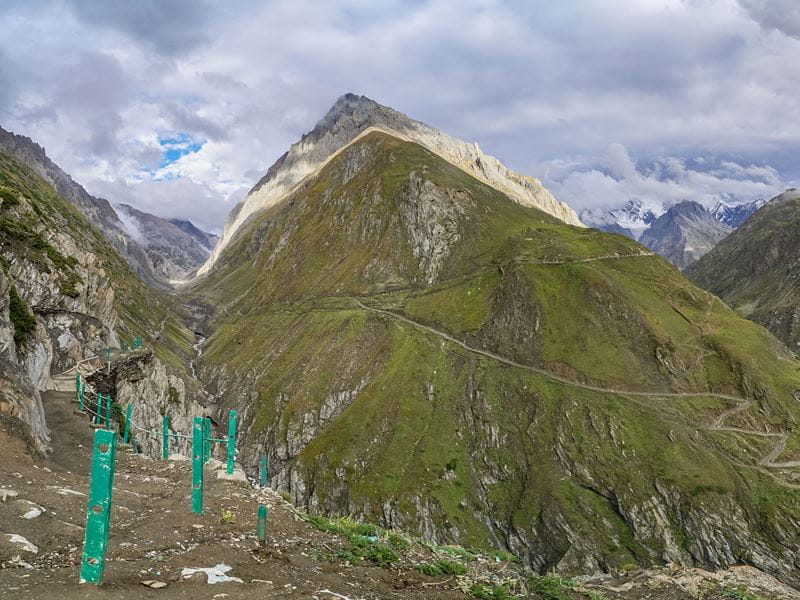
- Trending:
- Olympics
- |
- Forgiveness
- |
- Resurrection
- |
- Joy
- |
- Afterlife
- |
- Trump
The 100 Most Holy Places On Earth
Shri Amarnath Cave Temple


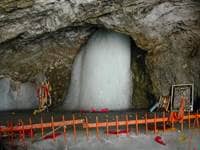

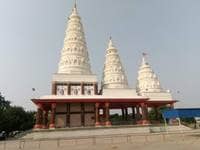
Associated Faiths:
Accessibility:
Open to visitors, contingent upon health and weather. Must be no less than 13 years of age. Must register for a permit to participate in the annual pilgrimage. Only open to visitors during the Hindu month of Shravan (Aug/Sept).
Annual Visitors - 350,000
History
The Amarnath Temple is a cave that functions as a Hindu shrine, and which is located in the Anantnag District of Jammu and Kashmir. The cave is situated in a snowy and glacier-filled location which is inaccessible to humans—except for 1-2 months out of the year. Remote, yet sacred, a significant number of Hindus make their way to this site every year.
The cave is a place of numerous stalagmites which are reverenced as manifestations of the Hindu deities, Shiva, Parvati, and Ganesh. The age of the cave and the stalagmites therein are unknown. However, we do know that at least as early as the 12th century CE a text-based tradition existed which claimed offerings were made (in the 11th century) at the Amarnath Temple by an East Indian queen. Thus, the perception of the cave as sacred has existed for no less than a millennium.
During the months of May through August, the snow above the cave melts, seeping into the cave—partially melting the stalagmites. That, along with changes in weather and the body heat of pilgrims visiting the cave, cause the size of the lingam (or stalagmite which represents Shiva) to fluctuate throughout the year, and from year-to-year. Hindu patrons of the Amarnath Temple see supernatural influences as the cause of the lingam’s changes in size, holding that its changes are consistent with the phases of the moon.
Fairly consistent threats, targeting the Amarnath pilgrims, began in the early 1990s and, since the year 2000, there have been no less than four attacks on pilgrims making their way to the cave. Some 55 people associated with the annual pilgrimage have lost their life at the hands of terrorists. In addition, nearly 1,000 pilgrims have died over the years as a result of disease, exposure, exhaustion, and various accidents heading up to or back down from the cave.
Religious Significance
The Amarnath cave houses the pīṭhā (or “seat”) of the goddess Mahāmāyā, who creates and destroys maya (or “illusion” & false belief). There are 51 Shakti pīṭhās on the Indian Subcontinent—each of which mark a spot where, according to Hindu tradition, a part of the body Sati—Shiva’s wife—fell to the earth after she lost her life through jumping into the fire of Homa or Havan. Thus, each of these spots are in some measure sacred because of their association with Sati and, by default, Lord Shiva.
The 51 Hindu pīṭhās are found in various locations which believers visit in an attempt to communicate with the deity. Combined, these 51 “seats” symbolize the body of the goddess. For Hindus, much like those of the Abrahamic traditions, sites associated with the divine, or saintly figures in the tradition, are commonly revered. Because each of these 51 locations are directly associated with Sati, visiting them is perceived by many as walking on sacred ground. And Amarnath has connections to the goddess as well as her consort, Shiva, making it even more holy.
Located in the Amarnath cave is not only a pīṭhā of the associated goddess, but also a lingam—an abstract representation of the god Shiva—which exists in the form of a natural stalagmite. The stalagmite was formed by drops of water falling from the ceiling of the cave onto the floor, freezing, and creating an upward vertical stalagmite which is believed to be a physical manifestation of Shiva. Two other stalagmites, smaller in stature than the lingam, represent the goddess Parvati and the god Ganesha—two of Hinduism’s most important deities.
Worshipers make the arduous trek to the Amarnath Temple because they believe that, in doing so, they can gain the blessings of Lord Shiva—one of the most important, powerful, and widely worshiped of all of the Hindu deities. Pilgrims often ask Shiva for things like a prosperous or healthy life, personal holiness (so as to achieve Nirvana sooner), or purification for sins they have committed and karma they have accrued. There is a sense of power and presence in the Amarnath Temple. Worshipers see the lingam of Shiva and believe in his presence there in the cave. Darshan (literally “viewing”—as in “viewing” the god) is one of the ultimate acts of worship in Hinduism and, at the remote Amarnath Temple, one has the opportunity to engage in darshan of Lord Shiva, his wife, Parvati, and of Ganesh (the god who removes all obstacles). Thus, this cave-temple provides a triple blessing to faithful pilgrims who make the dangerous and annual pilgrimage to Amarnath.



